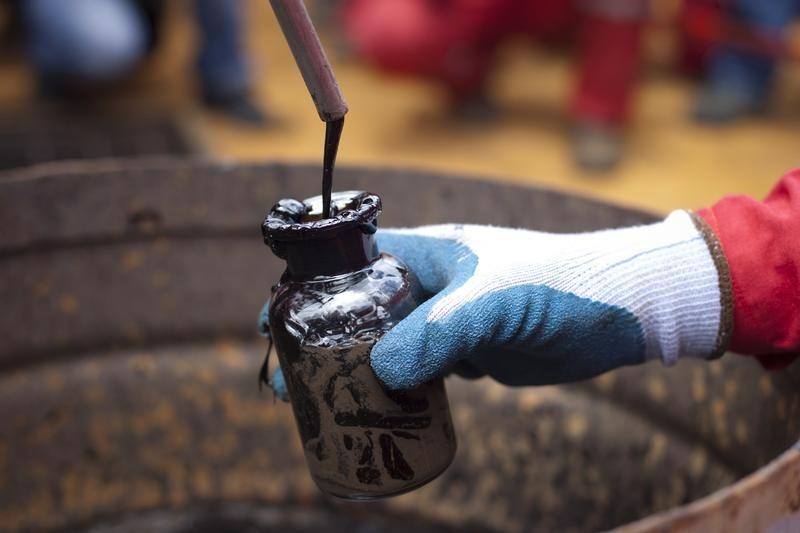Street Calls of the Week
By Barani Krishnan
Investing.com - The global fight over oil prices is coming down to the wire with both the White House and OPEC+ signaling determination to get the market to where they want with the crude supplies that they have in hand.
Crude rebounded from eight-week lows on Monday after an OPEC+ delegate was quoted saying that the global oil producing alliance might adjust its production plans if consuming countries released their reserves to get more supply on the market in order to push prices lower.
OPEC+, which is still withholding some 5.0 million barrels of regular daily supply from the market as part of production cuts carried out at the height of the demand-busting Covid-19 pandemic, has said it will add 400,000 barrels per day to the market — not more. The threat to “adjust” production basically means doing away with even that increase.
Crude prices rose steadily on the OPEC+ threat. But the market’s upside was, however, limited by a Bloomberg report that the United States was preparing an oil sale from its reserves over the next 24 hours, and that the move will be in collaboration with other consuming nations.
“The United States is preparing to release oil from its Strategic Petroleum Reserve as soon as Tuesday, in concert with other consuming nations,” the Bloomberg report said, citing sources familiar with the matter.
“The situation remains in flux and the plans could change but the U.S. is considering a release of more than 35 million barrels over time, according to one of the people,” the report added.
President Joe Biden, the central architect of the consumer fightback against high oil prices created by OPEC+ production cuts, did not speak about any SPR releases when he addressed a White House news conference on Monday.
But the market was abuzz with speculation that the fight was on, and that both sides were going to take the battle right down to the wire.
“The number reported for the White House SPR release by Bloomberg seems decent and could help depress prices, especially if the new Covid onslaught seen in Europe continues,” said John Kilduff, founding partner at New York energy hedge Again Capital.
“OPEC+ of course has already prepared its response and could put that into action if WTI gets below $70.”
WTI, or the West Texas Intermediate benchmark for U.S. crude, settled up 81 cents, or 1.05%, at $76.75 per barrel, after hitting an eight-week low of $74.76. Over the past four weeks, WTI had lost 9%, bringing to an end a prior 9-week rally that delivered a gain of 18%. Before its most recent sell-off, the U.S. benchmark traded at a seven-year high of $85.41 in mid-October. It also remains up 58% on the year.
London-traded Brent crude, the global benchmark for oil, also settled up 81 cents, or 1.03%, at $79.70 per barrel.
Brent lost 8% over the past four weeks, after an 18% rally over seven weeks in a row. Just in mid-October, it hit a seven-year high of $86.70. Despite the slump of the past four weeks, it remains up 53% on the year.
